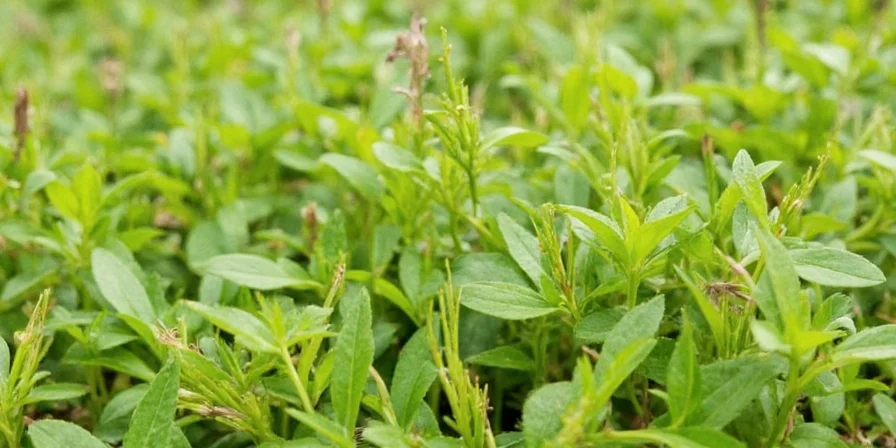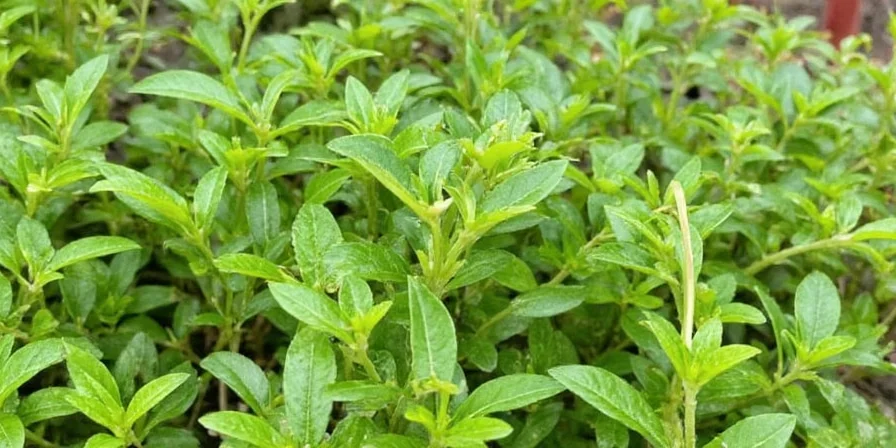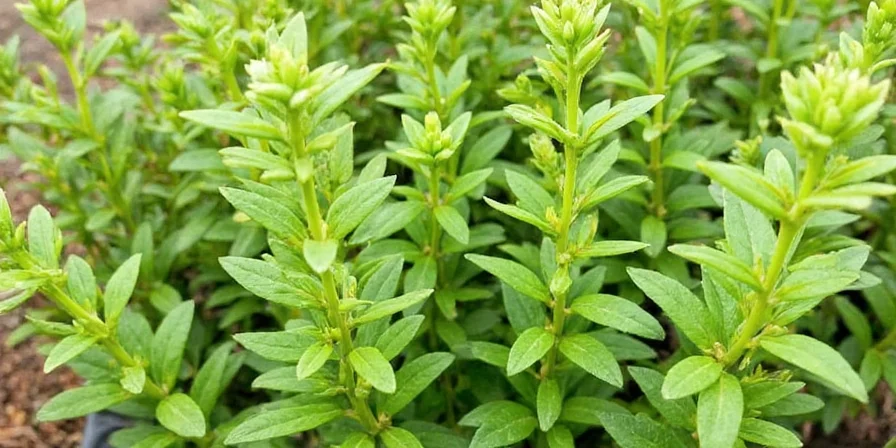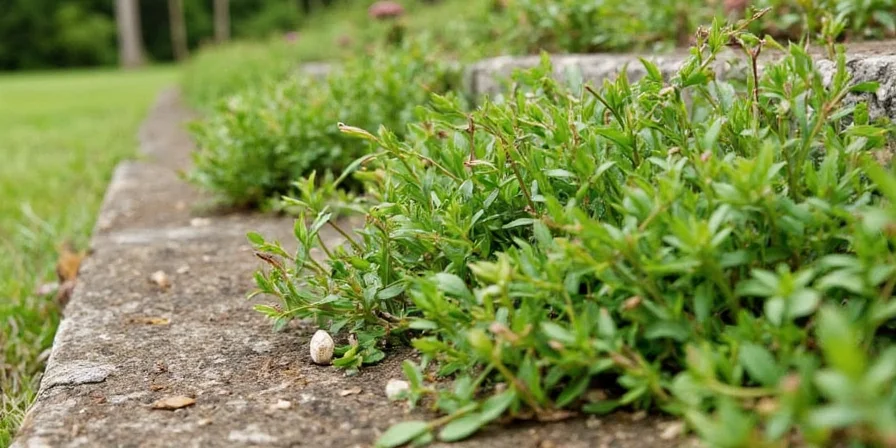Summer Savory Plant: The Secret Herb That Will Spice Up Your Summer Meals (Literally!)
Description
Summer savory is a versatile, aromatic herb that often plays second fiddle to its more famous cousin, winter savory. But don't be fooled — this humble summer savory plant has some serious flavor and a ton of culinary uses. Whether you're grilling up burgers or simmering a summer stew, adding summer savory can take your dishes from “meh” to magnificent. In this article, we’ll explore everything from growing tips to pro kitchen tricks, all while keeping it fun and informative.
Table of Contents
- What Is Summer Savory?
- How to Grow Your Own Summer Savory Plant
- Culinary Uses & Flavor Pairings
- Winter vs. Summer Savory: What’s the Difference?
- Health Benefits of Summer Savory
- Fun Facts You Didn’t Know About Summer Savory
- Pro Tips for Using Summer Savory in the Kitchen
- Conclusion
What Is Summer Savory?
Summer savory (Satureja hortensis) is an annual herb native to the Mediterranean region. It belongs to the mint family and is known for its peppery, thyme-like flavor with a hint of citrus. Unlike winter savory, which is a woody perennial, summer savory is soft, tender, and perfect for fresh use during the warm months.

How to Grow Your Own Summer Savory Plant
Growing your own summer savory plant is easier than convincing your cat not to sit on your laptop. Here’s how to do it like a pro:
- Soil: Well-draining soil with a pH of 6.5–7.0 works best. Think of it as a spa day for roots.
- Sunlight: At least 6 hours of direct sun per day. If you’re sunbathing, invite your savory plant too!
- Water: Keep the soil consistently moist but not soggy. It doesn’t want to swim, just sip.
- Harvesting: Start picking leaves once the plant reaches about 6 inches tall. Snip them off regularly to encourage bushy growth — and keep your cooking exciting.

Culinary Uses & Flavor Pairings
Summer savory is like the extroverted friend who gets along with everyone — especially beans, meats, tomatoes, and eggs. Here are some ideas to get you started:
- Grilled Vegetables: Toss zucchini, eggplant, and bell peppers with olive oil and chopped savory before roasting.
- Bean Dishes: Add to baked beans, lentils, or hummus for extra depth of flavor. Say goodbye to bland legumes!
- Meat Rubs: Mix with garlic, salt, pepper, and rosemary for a killer dry rub on chicken or pork.
- Herb Butter: Blend with softened butter and spread on grilled corn or steak. Your taste buds will throw a party.
- Egg Dishes: Add to scrambled eggs or omelets for a herby kick. Because eggs deserve more than ketchup.

Winter vs. Summer Savory: What’s the Difference?
You might be wondering, “Are they really different?” Oh yes, they are. Here's a quick comparison to clear things up:
| Feature | Summer Savory | Winter Savory |
|---|---|---|
| Type | Annual | Perennial |
| Texture | Tender, soft leaves | Woody, stiff stems |
| Flavor | Mild, peppery, with citrus notes | Stronger, more intense, pine-like |
| Cooking Use | Best added near end of cooking | Better for long-cooked dishes |
| Seasonality | Grows in warm months | Thrives in cooler climates |
Health Benefits of Summer Savory
It’s not just about flavor — summer savory brings a few health perks to the table. Let’s break it down:
- Antioxidant Powerhouse: Loaded with compounds that fight oxidative stress. Like tiny little flavor-packed superheroes.
- Digestive Aid: Known to help reduce bloating and gas, especially when used with beans. So, you can eat without fearing awkward post-meal moments.
- Anti-inflammatory: Contains natural anti-inflammatory agents that may support overall wellness. Nature’s Ibuprofen? Sure!
- Immune Boost: Packed with essential oils and minerals that support immune function. Eat your greens — and your savories!

Fun Facts You Didn’t Know About Summer Savory
- Historically, summer savory was believed to ward off evil spirits. Maybe keep a sprig by your grill just in case.
- In ancient Rome, it was called the “herb of happiness.” Clearly, they knew what they were doing.
- Bees love summer savory flowers — grow it to support local pollinators and earn bonus points with Mother Nature.
- The name comes from Latin root *satur*, meaning “to season,” because Romans used it to spice up food and wine.
- It pairs well with beer. Yes, literally — use it in marinades for grilled meats alongside a cold brew.
Pro Tips for Using Summer Savory in the Kitchen
Ready to start seasoning like a chef? Here are some practical tips to make the most out of your summer savory plant:
- Use Fresh Whenever Possible: Its delicate flavor fades when dried, so chop and add it at the last minute for maximum punch.
- Freeze It: Chopped savory frozen in ice cube trays with water or olive oil makes easy portion control for future meals.
- Make Herb Oil: Infuse olive oil with summer savory for drizzling over pasta or bread. Instant gourmet vibes.
- Add to Vinegar: Create a flavored vinegar by steeping savory in white wine or apple cider vinegar. Perfect for salad dressings.
- Try in Cocktails: Muddle fresh summer savory into Bloody Marys or gin-based drinks. Herbs belong behind the bar too!

Conclusion
The summer savory plant may not always steal the spotlight, but it deserves a standing ovation for its versatility, flavor, and subtle health benefits. Whether you're growing it on your windowsill, tossing it into your favorite summer recipes, or impressing friends with random herb trivia, summer savory is a must-have in every spice lover’s arsenal.
So next time you fire up the grill or whip up a pot of beans, remember: there’s no need to suffer blandness when a little green magic is just a snip away. Happy seasoning!











 浙公网安备
33010002000092号
浙公网安备
33010002000092号 浙B2-20120091-4
浙B2-20120091-4